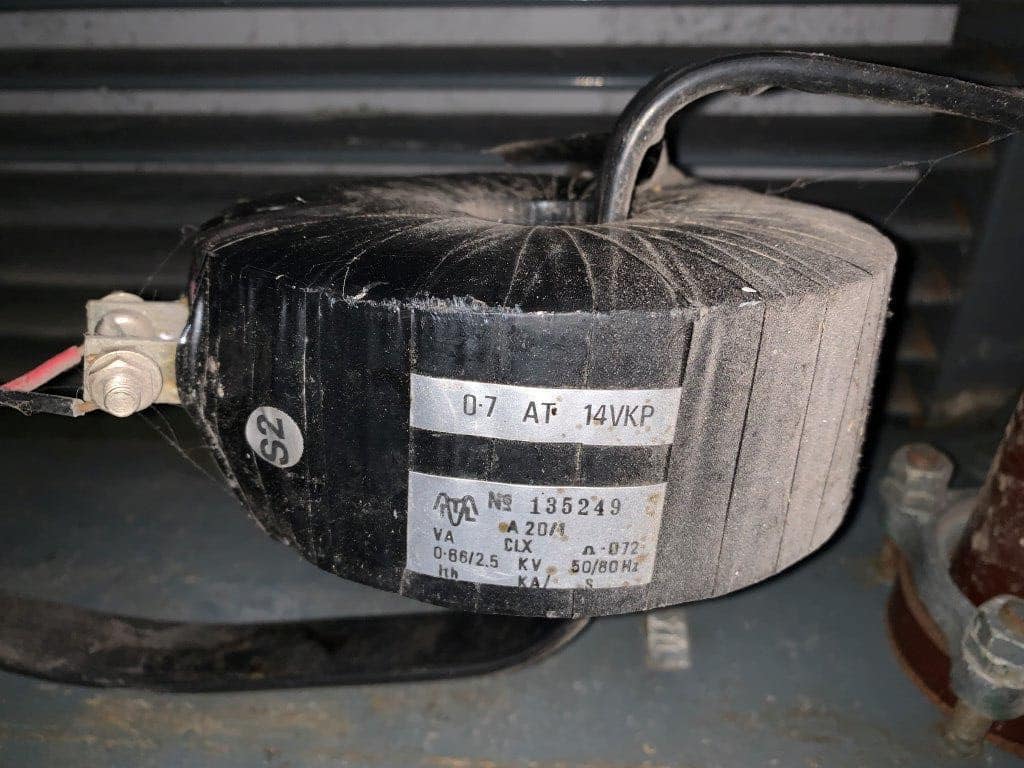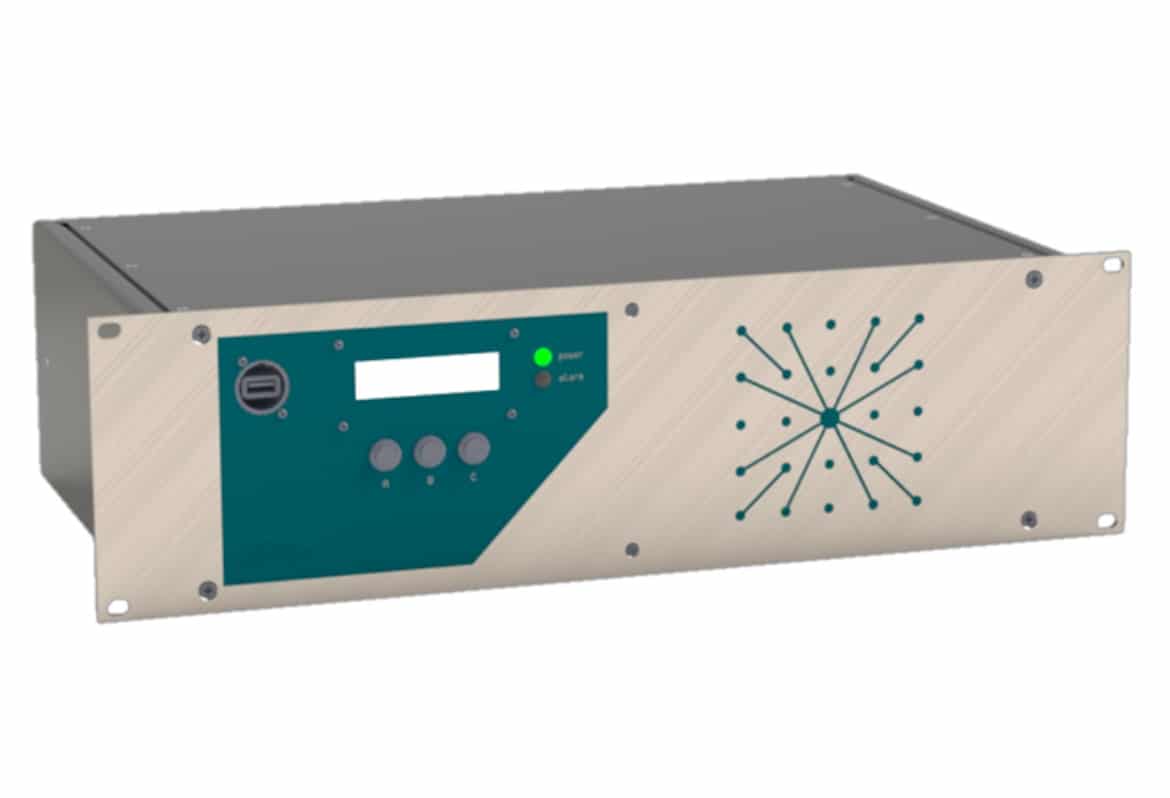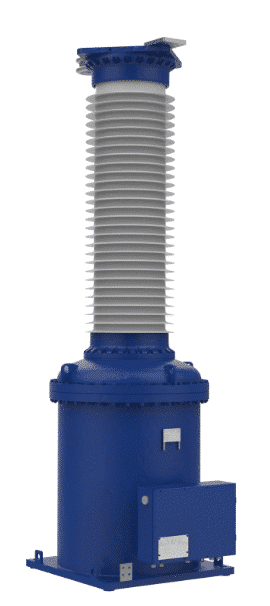The global push towards sustainability and reducing carbon emissions has fueled the growth of the renewable power generation market in recent years. Concurrently, the advancement of Artificial Intelligence (AI) has emerged as a game-changer, revolutionising the renewable energy sector. By harnessing the potential of AI, renewable power generation is becoming more efficient, reliable, and economically viable than ever before. This article explores the transformative impact of AI on the renewable power generation market and its implications for businesses.
Optimising Energy Production and Consumption
AI-powered technologies are crucial in optimising energy production and consumption in renewable power generation. For instance, AI algorithms can analyse vast amounts of data collected from solar panels, wind turbines, and other renewable sources. By scrutinising historical patterns and real-time data, AI can predict optimal operating conditions, ensuring that renewable sources generate energy at maximum efficiency.
Furthermore, AI can enable demand-response systems, adjusting energy consumption patterns to match the intermittent nature of renewable energy sources. Businesses can benefit by saving costs during peak hours and participating in deployed demand-response programs to earn incentives.
Enhancing Energy Storage Solutions
One of the significant challenges facing renewable energy adoption has been energy storage. AI is instrumental in optimising battery performance, extending lifespan, and predicting maintenance requirements. Through continuous analysis of battery data, AI algorithms help businesses store and distribute renewable energy more effectively, ensuring a stable power supply during periods of low generation.
Predictive Maintenance and Cost Reduction
Incorporating AI-powered predictive maintenance in renewable energy systems can significantly impact a business's bottom line. By continuously monitoring equipment health and performance, AI algorithms can detect potential faults or failures before they occur. This proactive approach reduces downtime, minimises repair costs, and extends the lifespan of renewable energy infrastructure.
Grid Management and Flexibility
AI can enable more dynamic grid management and flexibility. With a large-scale integration of renewables into the power grid, the variability of energy production increases. AI can analyse weather patterns, demand trends, and power generation data to optimise grid performance and balance energy supply and demand. This enables businesses to leverage the full potential of renewable energy sources while ensuring a stable and reliable power supply.
Market Forecasting and Investment Decisions
AI provides valuable insights through market forecasting and risk analysis for businesses investing in renewable power generation projects. AI algorithms can assess market trends, predict price fluctuations, and evaluate potential risks associated with renewable energy investments. This empowers businesses to make informed decisions, optimising their investments and ensuring long-term profitability.
Empowering Energy Trading
AI is reshaping the energy trading landscape, enabling businesses to participate actively in energy markets. By analysing real-time data and market conditions, AI algorithms can identify profitable opportunities for energy trading, helping companies to maximise revenue from their renewable energy assets.
Integrating AI into the renewable power generation market is transforming how businesses produce, consume, and trade energy. By optimising energy production and consumption, enhancing energy storage solutions, enabling predictive maintenance, and improving grid management, AI makes renewable power generation more efficient, reliable, and economically viable.
AI offers substantial benefits for businesses, ranging from cost reductions and increased profitability to better risk assessment and market insights. Embracing AI technologies will be crucial for companies seeking to stay competitive in the renewable energy sector and contribute to a sustainable future. As AI continues to evolve, its impact on the renewable power generation market and businesses will likely grow, shaping a greener and more energy-efficient world.












